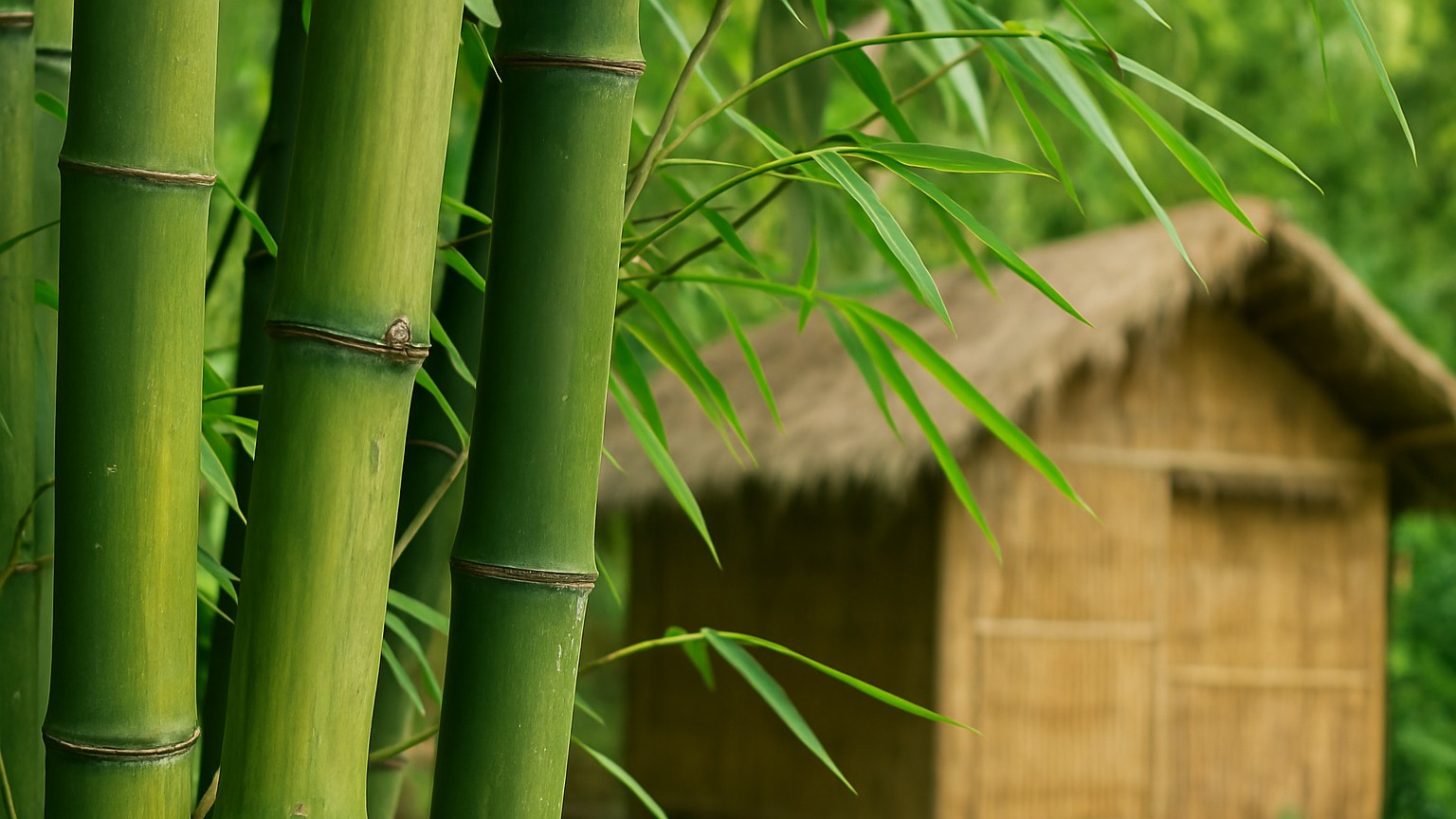Unveiling the Strength and Sustainability of Bamboo

Bamboo, often mistaken for a simple plant, is in fact one of nature’s most versatile and durable materials. Known for its incredible strength-to-weight ratio, bamboo has been used for centuries in construction, furniture, tools, and even textiles. Its rapid growth rate and low environmental impact have positioned it as a leading sustainable alternative to traditional wood and plastic.
One of bamboo’s most remarkable properties is its tensile strength, which is often compared to that of steel. This makes it an excellent choice for structural applications in building and design. Unlike hardwood trees that can take decades to mature, bamboo can be harvested within three to five years, making it a renewable and eco-friendly resource that supports environmental conservation.
Beyond its strength, bamboo is naturally resistant to pests, moisture, and warping. These qualities make it ideal for a range of climates and uses, from flooring and scaffolding to biodegradable cutlery and packaging. In regions like Asia and Africa, bamboo plays a vital role in rural economies, providing both livelihood and sustainable building materials.
In recent years, bamboo has also entered the fashion and lifestyle industries. Bamboo fibres are now used to produce breathable, hypoallergenic fabrics that are gentle on the skin and biodegradable. Its natural antibacterial properties add to its appeal in eco-conscious markets where sustainability and wellness are key priorities.
As the world moves toward greener alternatives, bamboo stands out as a natural hero. Its superior properties—combined with its renewability, versatility, and low carbon footprint—make it a promising material for a sustainable future. From ancient huts to modern eco-homes and stylish apparel, bamboo continues to prove that sometimes, the strongest solutions come from nature itself.
